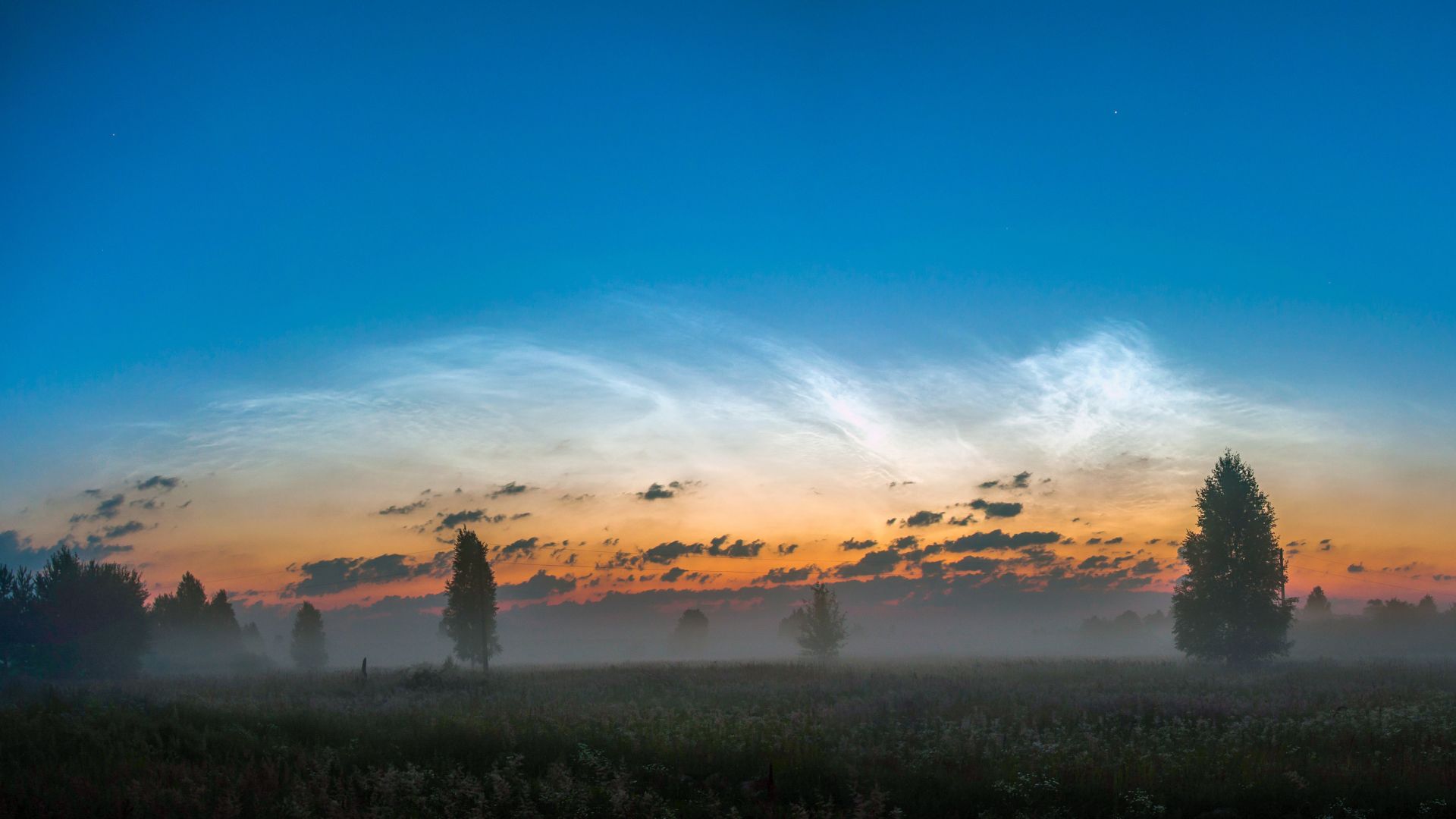Table of Contents
- Introduction
- Aurora Borealis and Aurora Australis
- Light Pillars
- Earthquake Lights
- Noctilucent Clouds
- Sprites, Jets, and Elves
- Green Flash
- FAQs
1. Introduction
Atmospheric light phenomena have captivated observers for centuries with their dazzling displays of light and color. These enigmatic events continue to intrigue both astronomers and UFO enthusiasts alike. In this informative guide, we will delve into the latest scientific research behind these extraordinary atmospheric spectacles, while maintaining a clear and engaging approach.
2. Aurora Borealis and Aurora Australis
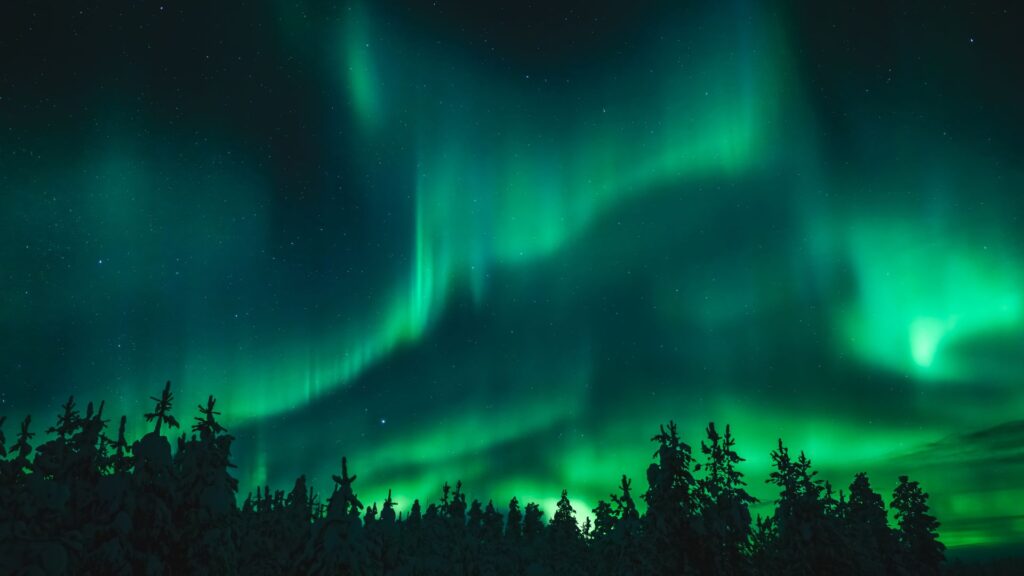
H2.1 The Science Behind the Auroras
Auroras, commonly known as Northern Lights (Aurora Borealis) and Southern Lights (Aurora Australis), are beautiful natural light displays that occur near the Earth’s polar regions. These phenomena are caused by charged particles from the sun, known as solar wind, interacting with the Earth’s magnetic field. When these particles collide with the gases in our atmosphere, they emit light, creating the mesmerizing auroras we see.
H2.2 Best Time and Places to Observe Auroras
Auroras are most commonly visible in the winter months, when the nights are long and the skies are clear. Some of the best places to observe the Northern Lights include northern Scandinavia, Iceland, Canada, and Alaska. For the Southern Lights, the best locations are Tasmania, New Zealand, and Antarctica.
If you’d like to dive deeper into the captivating world of atmospheric light phenomena, don’t miss our comprehensive article, “Dancing Skies: A Guide to Atmospheric Light Phenomena”.
3. Light Pillars

H3.1 What are Light Pillars?
Light pillars are vertical columns of light that appear to extend upwards from a bright light source, such as the sun, moon, or artificial lights. These atmospheric phenomena occur when flat, hexagonal ice crystals in the atmosphere reflect and refract the light, creating the appearance of a pillar.
H3.2 When and Where to See Light Pillars
Light pillars are most commonly seen during cold, calm weather when ice crystals are present in the atmosphere. They can occur anywhere but are most often observed in colder climates, such as the Arctic, Scandinavia, or Northern Canada.
4. Earthquake Lights
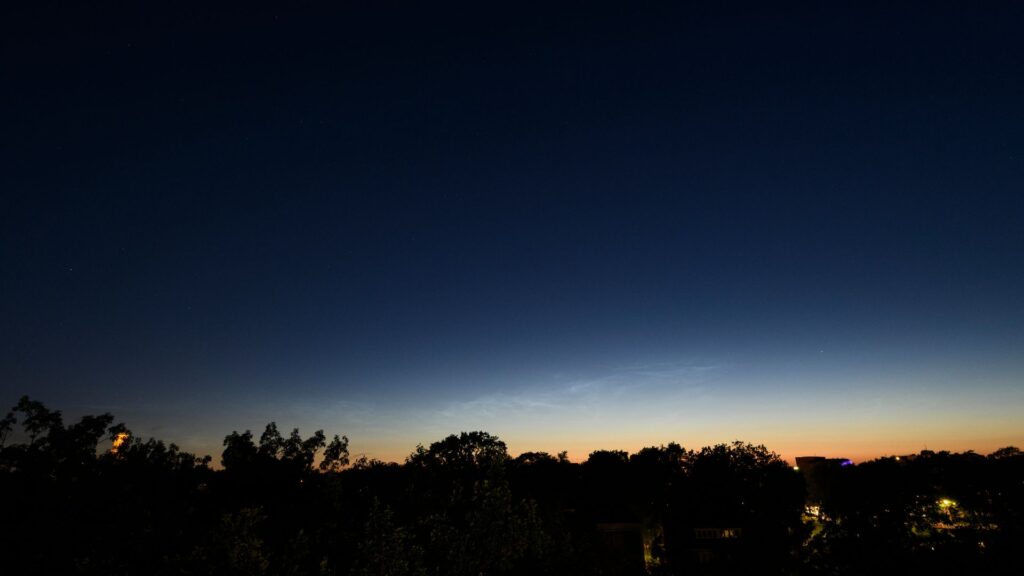
H4.1 The Mysterious Earthquake Lights
Earthquake lights are a rare and enigmatic phenomenon where flashes or glows of light are observed before, during, or after an earthquake. The exact cause of this phenomenon is still being researched, but some scientists believe it may be related to electrical charges generated by the movement of rocks during seismic events.
H4.2 Observing Earthquake Lights
Since earthquake lights are unpredictable and rare, they are difficult to observe. However, there have been reports of these lights in various locations, including Italy, Japan, and South America.
5. Noctilucent Clouds

H5.1 The Science of Noctilucent Clouds
Noctilucent clouds, or night-shining clouds, are the highest clouds in Earth’s atmosphere, found at altitudes of around 80 km. These clouds are composed of ice crystals and are only visible during twilight when the sun is below the horizon. The light from the sun illuminates the clouds, creating a shimmering, silvery-blue display.
H5.2 When and Where to Observe Noctilucent Clouds
Noctilucent clouds are best observed during the summer months when the mesosphere is at its coldest. They are most commonly seen at high latitudes, such as Scandinavia, Canada, and Russia.
6. Sprites, Jets, and Elves
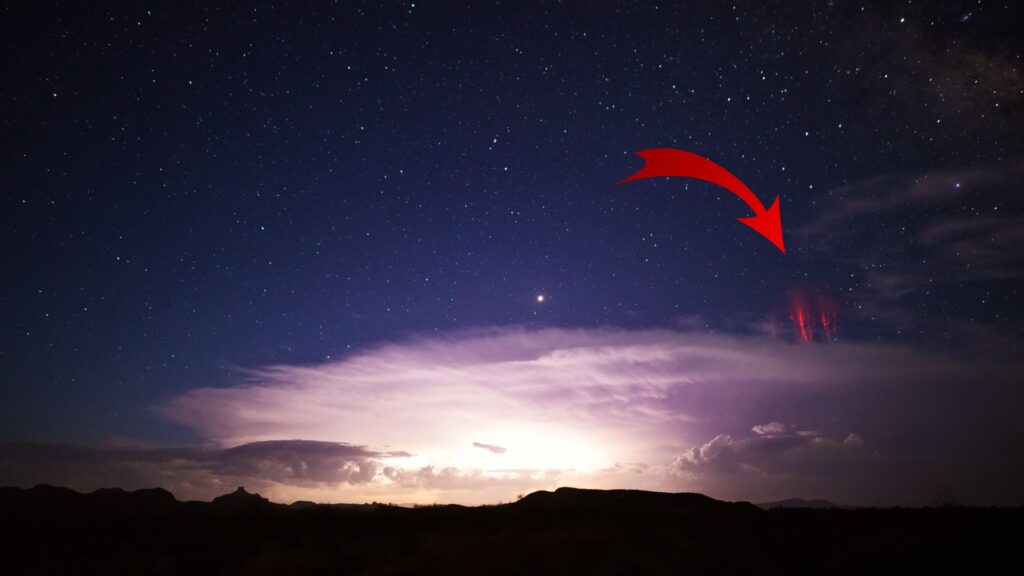
H6.1 Upper Atmospheric Phenomena
Sprites, jets, and elves are transient luminous events that occur in the upper atmosphere, typically above thunderstorms. These mysterious phenomena are still being researched, but they are believed to be caused by electrical discharges between the ionosphere and thunderclouds.
H6.2 Characteristics and Observation
- Sprites are large, red flashes that occur above thunderstorms, extending up to 90 km in altitude. They usually last for only a few milliseconds and can be difficult to observe with the naked eye.
- Blue jets are cone-shaped, blue flashes that shoot up from the tops of thunderclouds, reaching altitudes of 40 to 50 km. They are also short-lived, lasting only a few tens of milliseconds.
- Elves are rapidly expanding, and doughnut-shaped glows that occur at the base of the ionosphere, around 100 km above the Earth’s surface. They last for only a few milliseconds and are rarely observed.
These phenomena can be observed with specialized cameras and equipment, usually during nighttime thunderstorms.
7. Green Flash
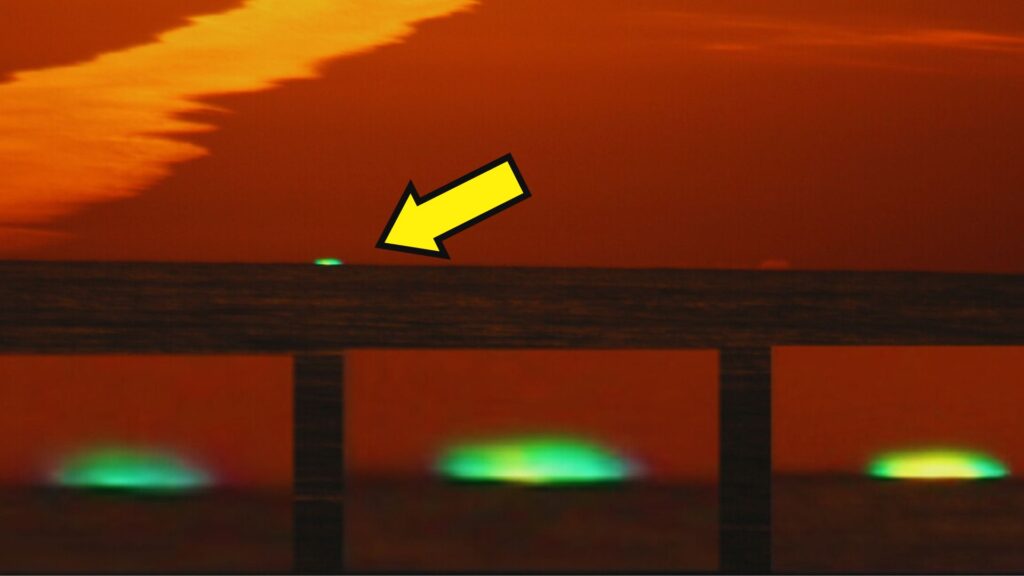
H7.1 What is the Green Flash?
The green flash is a rare and fleeting optical phenomenon that occurs just before the sun sets or rises, causing the top edge of the sun to appear green for a brief moment. This phenomenon is caused by the atmospheric refraction of sunlight, which separates the light into different colors.
H7.2 Observing the Green Flash
To observe the green flash, you need a clear line of sight to the horizon and stable atmospheric conditions. It is most often seen over the ocean or in a flat landscape. The green flash only lasts for a few seconds, so keen observation and patience are required.
8. FAQs
Q1: What causes the colors of the auroras?
A1: The colors of the auroras are determined by the type of gas in the Earth’s atmosphere that the charged particles from the solar wind collide with. Oxygen produces green and red light, while nitrogen emits blue and purple light.
Q2: Are atmospheric light phenomena dangerous?
A2: Most atmospheric light phenomena are not dangerous, as they occur high up in the atmosphere and do not pose a direct threat to humans. However, some of the phenomena, such as sprites, jets, and elves, are associated with thunderstorms, which can be dangerous.
Q3: Can atmospheric light phenomena be predicted?
A3: Some phenomena, like auroras, can be predicted with reasonable accuracy by monitoring solar activity and the Earth’s magnetic field. However, other phenomena, such as earthquake lights and transient luminous events, are less predictable due to their rarity and the complex processes involved.
Q4: Do atmospheric light phenomena occur on other planets?
A4: Yes, atmospheric light phenomena have been observed on other planets, such as Jupiter and Saturn. These planets have strong magnetic fields and atmospheres that can produce aurora-like phenomena. Mars, with its thin atmosphere, also exhibits some aurora activity.
Q5: Can atmospheric light phenomena be photographed?
A5: Many atmospheric light phenomena can be photographed using the right equipment and techniques. Auroras, noctilucent clouds, and light pillars can be captured using a digital camera with manual settings and a tripod. For more elusive phenomena, like sprites, jets, and elves, specialized high-speed cameras are often required.
For an intriguing exploration of the enigmatic Hessdalen Lights, a mysterious phenomenon in the Norwegian skies, be sure to check out our article on “Hessdalen Lights: The Mysterious Phenomenon in the Norwegian Skies”.

